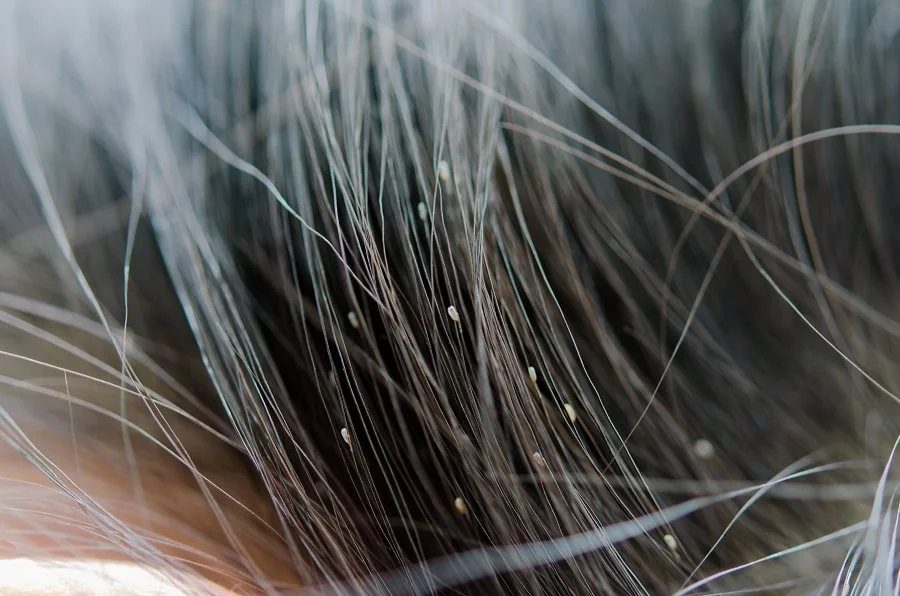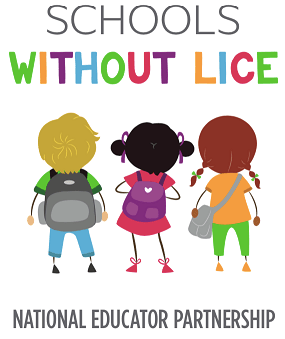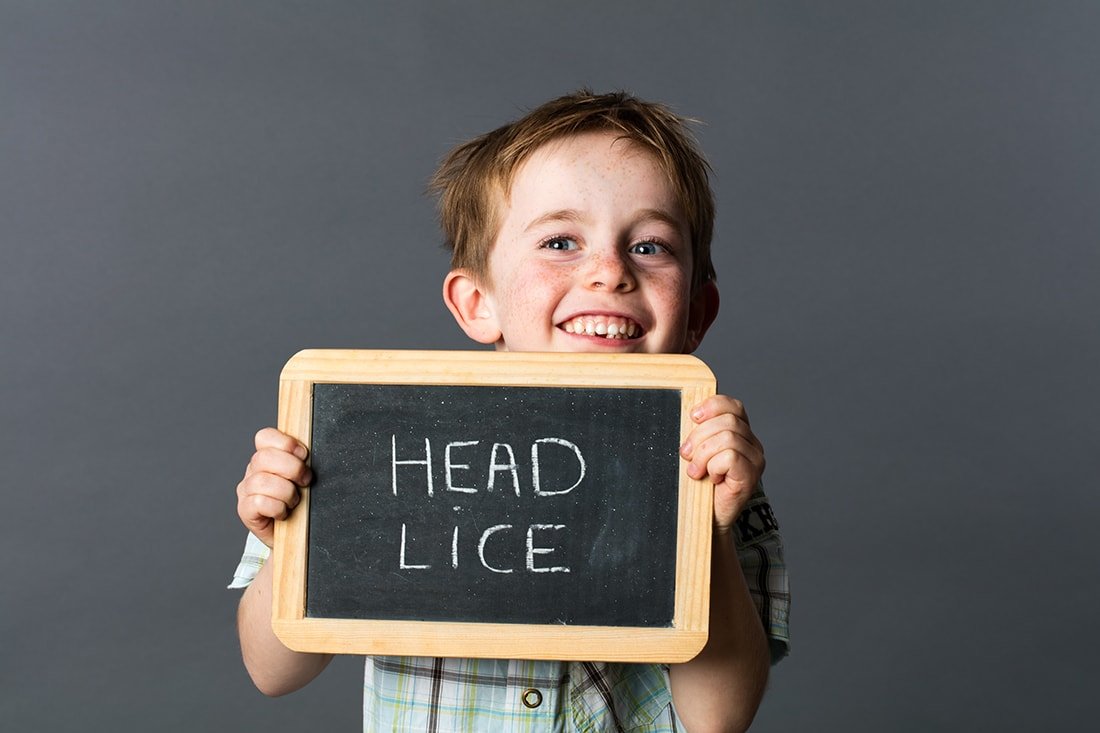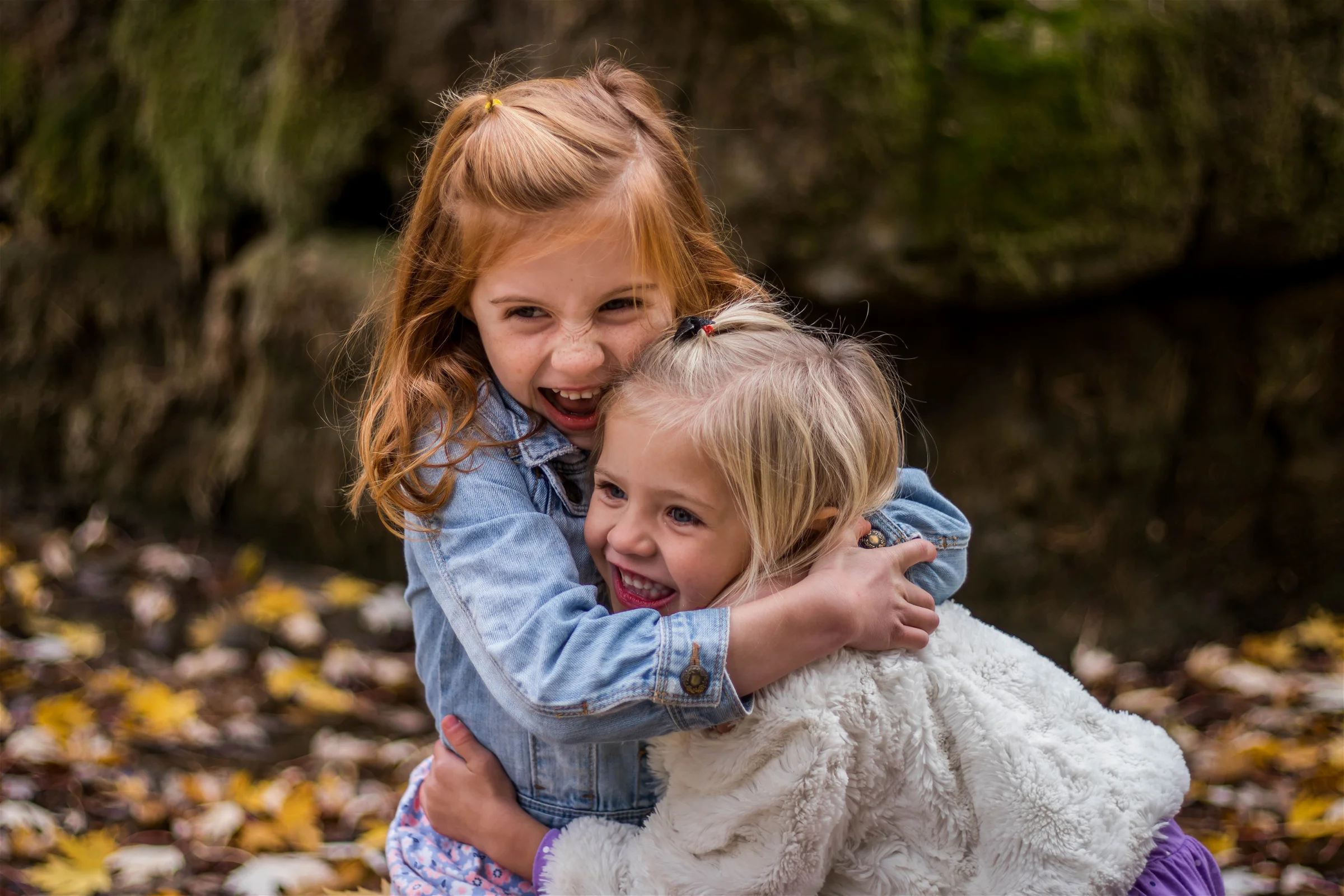What Do Lice Eggs Look Like?
Lice eggs (nits) are often more difficult to identify than live adult lice, and many parents have a hard time finding them in their child’s scalp. Parent’s are often unsure how to identify what they see in their child’s hair, and nits are often confused with dandruff, or even hair casts—leading to unnecessary false lice scares. Because we frequently encounter parents who are unsure what lice eggs look like, we thought it would be helpful to put together a short guide on how to identify lice eggs and distinguish them from other common scalp and hair debris.
What Do Nits Look Like?
Many parents look solely for live adult lice in their child’s hair, but we like to stress the importance of also looking for and identifying nits. Nits are just as important to identify as live lice are because even if you identify and kill adult lice, if nits remain, they will hatch and “re-infest” your child. Nits have translucent outer casings that house baby lice (called nymphs) inside. Many parents think that they are looking for “white lice eggs” in their child’s hair, but nits will appear brown in appearance, not white. This is because the nymphs inside the translucent casing are brown, and so when placed against a white background, the nit will also appear brown. Nits are round on one side and pointy on the other with a tail-like antenna coming out of the pointy end. If you see something that fits this description and is about the size of a sesame seed (maybe smaller), you are likely looking at a nit.

Lice eggs on hair clippings.
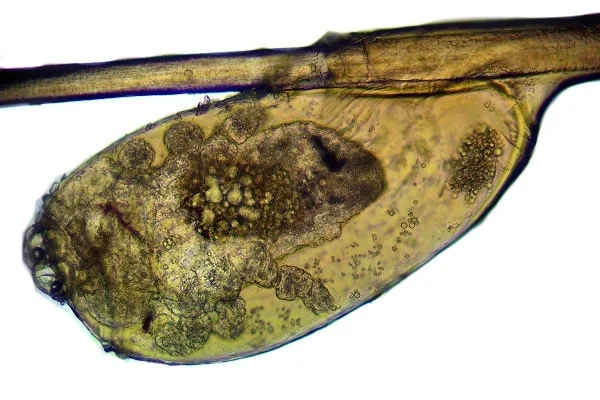
Lice egg under magnification.
Hair Casts and Dandruff
Hair casts and dandruff are common scalp debris that is often mistaken for nits. The easiest way to distinguish between dandruff and nits is that dandruff easily combs out of the hair, whereas nits don’t comb out. Nits are very difficult to remove from the hair because they secrete a cement-like bonding agent that adheres them to the hair shaft. Also, nits typically remain close to the scalp, whereas dandruff flakes can migrate farther down the length of the hair.
Hair casts (often called “pseudo nits”) are thin, elongated, and white tubes that are found along the hair. Because most people assume that they are supposed to be looking for white lice eggs, hair casts are often mistaken for nits. If you see these narrow and cylinder-shaped white tubes along your child’s hair shaft, rest assured that they are not lice, but rather a normal hair concretion.
Let Our Trained Professionals Look for Lice Eggs
It is possible to identify nits in your child’s hair but recognizing what lice eggs look like can be difficult, and you shouldn’t be upset if you have trouble finding them. Nits are often difficult to recognize to the untrained eye and often require professional technicians or medical personnel to spot them. At Fresh Heads Lice Removal, we pride ourselves on being a lice service that your family can rely on for the safe diagnosis, treatment, and prevention of lice. Our trained technicians can identify eggs or lice at any stage of infestation, and help you get the lice treatment you need. To learn more about our list of services and featured products, contact us at one of our Jacksonville, FL, Orlando, FL, or Savannah, GA locations today!
Putting an End to Lice in Schools
Fresh Heads Lice Removal clinics want to keep our children safe in schools across the country, which is why we have partnered with Lice Clinics of America to create the Schools Without Lice program. Our goal is to completely eradicate lice in schools from California to Florida, and everywhere in between. By supporting our educators, we can take another step toward creating schools without lice. Learn more about Schools Without Lice!

